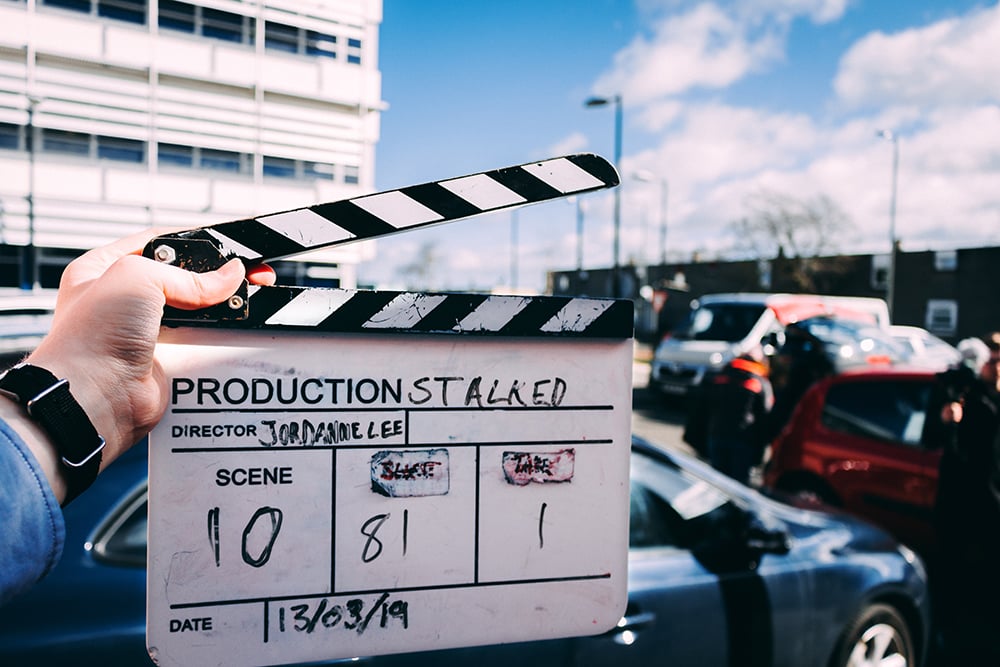
Sep 20, 2022
Natural lighting in film and video is a constant battle. For many filmmakers and cinematographers, there can never be enough light to really put your subjects in their clearest and best looks. However, for just as many astute DPs these days, there’s often too much lighting which can quickly make shots look like an overblown television sitcom.
The real trick is to find the right natural light balance for your looks and projects. Today let’s talk about the most powerful lighting source of them all — the sun.
And in particular how you can use the sun to help light your outdoor cinematography shots while harnessing its bright goodness, but without letting its harshness ruin your picturesque image quality.
Before we dive into tips and tricks for working with natural lighting in your film and video projects, let’s take a quick step back and look at some basic definitions for natural lighting first.
As you might imagine, the term “natural lighting” simply refers to any film or video project which is shot using the sun as its primary light source. In many instances these are outdoor shoots, but they could also include indoor shoots if the main light source is an open window or doorway which is using sunlight to light your subject or scene.
Natural lighting in different contexts can either be a good or a bad thing (or even a neutral element) as — by its nature — sunlight is very powerful compared to our artificial lighting sources.
As a film style, natural lighting is usually considered to be more a realistic and naturalistic cinematography approach. Whereas projects which shun natural lighting might be more controlled and stylized as they don’t use the sun's powerful and consistent lighting as their primary source.

As you can see in the video above featuring our very own director of photography Chris Haggerty, outdoor cinematography is a double edged sword in terms of how it uses its natural lighting source — aka the sun.
As such, when shooting outside you should always be aware of the sun and where it is in the sky (and how bright it is). You can actually use some really cool apps to help with the tracking of the sun, which we highlight in this roundup article here.
The human eye is always going to be drawn to light and brightness, as well as contrast and motion — all of which you can (and should) control on your shoot setups. Which leads us into talking about the tools for controlling lighting which are at your disposal.

Drawing from the examples in our video, the three main tools which filmmakers use for controlling natural lighting in their outdoor cinematography setups are the following:
The real trick to working with outdoor lighting is to both harness and limit the power of the sun. In many instances DIY or low budget filmmakers might opt to shoot outside in natural lighting simply because they don’t have the lighting resources to fully light a project inside a dark setting or studio.
Tools like diffusion filters, bounce boards and neg fill cards will help a talented cinematographer avoid the harshness of direct sunlight, while still harnessing its bounceability to help create a full three-point lighting setup without needing several different sources.

Finally, probably the coolest part of the video featured above, we have some great examples of how low or no budget filmmakers can create some DIY tools and techniques for working with natural lighting on their film sets.
I like the trick of finding ways to minimize sunlight on set by simply examining your environment and finding the best spot to position a subject where they have some natural shade (which serves as diffusion). From there you can always bring more light in with DIY bounce boards (or even a sheet of white paper) to add in some more contrast.
Ultimately finding the right solutions for your own outdoor shoots will be up to you and your ingenuity. Try out some of the DIY tips and tricks outlined in the video above, but also feel free to explore your own tried-and-true techniques for lighting your subjects how you see fit.

At the end of the day, natural light will always be a constant force of film lighting for filmmakers of any ilk. The sun is nature's greatest key light for a reason, and as you explore different film lighting techniques and lighting setups, understanding how light hits different surfaces (like inexpensive foam core boards for example) will always be helpful information for creating cinematic lighting with whatever available light source you might have at your disposal.
Don't let harsh shadows cramp your vibe! Whether it be a fill light or a fun way to create negative fill with some light sheet cloth or other DIY techniques, film lighting should always be about finding new and fun lighting setups — whether that's using natural light or your own three-point lighting gear from home.
Hopefully these tips and tricks have put you on a good path to put your subjects in the best natural light possible. If you’d like to read up more on different lighting techniques and filmmaking principles, check out these additional articles from the Soundstripe blog below: